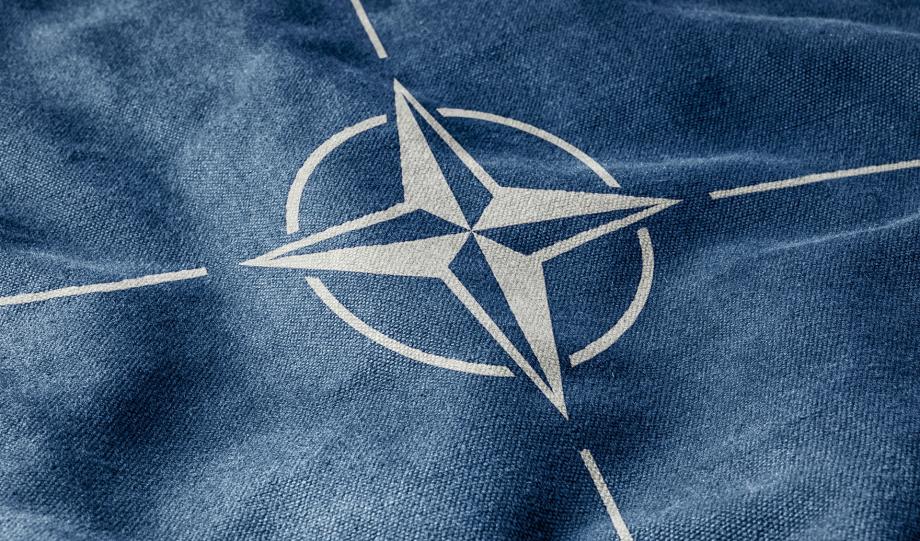Changing NATO’s Climate Security Coalition: Capturing New Street Cred

As volatility continues to grip the international landscape, features like great power politics and the development and subsequent control of phenomenal technologies appear set to derive insecurity for the foreseeable future. While these challenges remain concerns, another major source of instability that shows no sign of exhaustion is climate change its various implications. It is undeniable, that climate change has already established itself as one of the most pressing threats to both transatlantic and global security and is a formidable adversary. Despite a long inventory of the primary destruction climate change can cause through super storms and extreme natural disasters, as well secondary effects on migration and health security, credible climate security doctrine has been slow to catalyze. Although achieving policy success on this front remains a projected influx, NATO is responding to this urgency and preparing itself to better deploy its capabilities and play a more active role in climate security management. With work ongoing to strengthen operational protocols vis-à-vis climate security, NATO’s parallel desire to gain more “street cred” with its members' youth on climate security is not only skilful to advance policy but holds potential to enlist a future generation of Alliance supporters. Building more youth-based “street cred” for NATO is a worthwhile exercise if you consider the results of a 2018 Ipsos poll, that found 71% of millennials in Canada were unaware of NATO’s mission. It is not unreasonable to think the same views are pervasive throughout the Alliance’s youth.
It is hard to find a topic that is as unifying or promoted among the youth than climate change action.
Global movements like “Fridays for Future” have made this theme impossible for policymakers to ignore. The same urgency to act also extends to former senior military and national security figures, where organizations like the Center for Climate and Security have been sounding the alarm about the risks of climate security on the military domain. As concern on the topic continues to grow, the impact of climate change has been on NATO’s radar since 1969 with the creation of the Committee on the Challenges of Modern Society. Fast forward to the 2010 Lisbon Summit, where climate change was officially integrated into NATO’s Strategic Concept. The topic gained further traction four years later at the Wales Summit, that coincides with the release of Green Defence Framework that outlined attempts by the Alliance to shift its consumption towards a more sustainable approach and optimize the use of scarce resources.
While NATO and its members continue to study climate security to adapt militarily to best prepare and successfully execute its deterrence and defence policies, it should also be applauded for its engagement efforts. Above all else, NATO has recognized that combating climate change requires a political solution as much as a military one and is ultra conscious of its importance to young citizens across its 30 member states. Consequently, the promotion of climate security as a key pillar within NATO and its 2030 Agenda is a logical topic of introduction when reaching out to a majority of younger audiences who have no previous or limited experiences vis-à-vis NATO or its traditional business of collective security over the last 70 years. Through crafting and promoting an authentic climate security message, it will resonate far better with a concerned younger demographic and buy NATO legitimacy
and “street cred”. Sceptics can evaluate the Alliance’s credible climate security track record on their own merit to certify its genuineness. The latter is supremely important as once younger segments of the population positively endorse the Alliance, it will create a diplomatic pathway to expand the future discussion on issues like defence spending and Article V. Essential elements to the long-term ethos of the Alliance.
As the NATO 2030 reflection group takes stock of the current state of affairs and looks to increase organizational foresight, engaging these youth segments as a sounding board to test ideas, should not be overlooked and instead aggressively pursued. Consequently, if NATO and their public diplomacy team stays on this courses and most importantly continues to listen to the perspectives and demands of those most involved in climate activism, it will no doubt go a long way to building a broader collation and mobilizing support for the Alliance down the road.
As history has confirmed, NATO has and will continue to treat climate security with the utmost importance and legitimacy. Looking to the future, politically the Alliance should consider creating a Special Representative for Climate Security who would deal exclusivity with this topic and whose office would serve as a hub to consolidate climate security threat data and facilitate the exchange of lessons learned and best practices among the Alliance’s membership. The creation of the office could even allow the Special Representative to hold a yearly summit with member state Ministers. Operationally, NATO should look to leverage existing structures like the Euro-Atlantic Disaster Response Coordination Centre, and increase the number of training exercises that military units practice for crisis management scenario, publish the results, and explore where synergies exist to cooperate better with the private sector.
As original gangsters (OGs) of popular rap culture would say, NATO needs to go out and get some more “street cred” on climate security and use it until it is maxed out. That extra cred could make all the difference down the line.

Media Presenter and Research Fellow